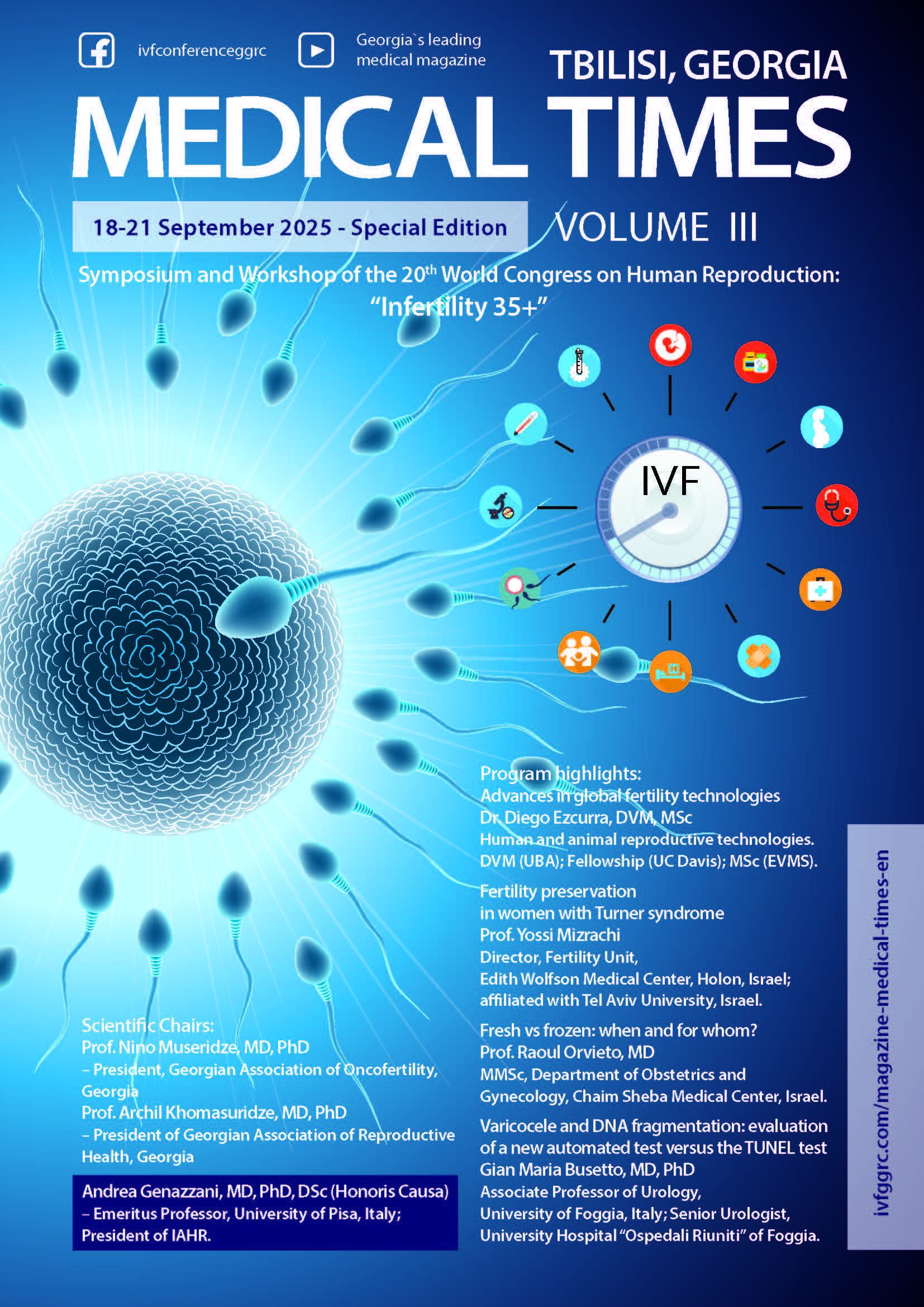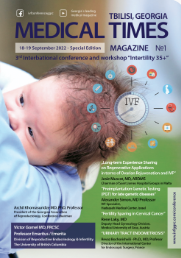From Near Miss to Never Again: Two Decades of Risk management and Error Prevention in an IVF Laboratory
DOI:
https://doi.org/10.71419/mtggrc.2025.35Keywords:
In vitro fertilization (IVF) laboratory, Quality improvement (QI), Patient safety, Never events, Root cause analysis (RCA), Corrective and preventive actions (CAPA), pecimen traceability and cryoinventoryAbstract
Objective: To evaluate 20-year outcomes of a structured quality improvement (QI) and risk-management program in a single IVF laboratory, with emphasis on never events, near misses, and longitudinal performance on predefined quality indicators (QIIs).
Design: Longitudinal, single-center quality improvement study (2004–2024).
Setting: Large healthcare network -affiliated IVF laboratory operating under CAP accreditation.
Patients/Cycles: 15,956 ART cycles (8,320 fresh IVF; 7,636 frozen embryo transfer).
Interventions: Implementation and continuous refinement of a laboratory QI framework comprising high-risk process mapping; QIIs with thresholds; standardized reporting (verbal escalation → SBAR); structured investigations (RCA) with corrective/preventive actions (CAPA); competency-based staff training; electronic/dual witnessing; cryoinventory reconciliation; equipment maintenance and alarm testing; and a non-punitive reporting culture.
Main Outcome Measures: Incidence of never events and intercepted near misses; protocol non-compliance; report errors; cryoinventory accuracy (QIR07); gamete/embryo traceability (QIR10); equipment/handling issues affecting care (QIR16).
Results: Across 20 years, one true “never event” occurred (erroneous discard of an embryo intended for cryopreservation with freezing of a lower-quality embryo instead; ≈0.006% of cycles). The event was disclosed, investigated via RCA, corrected per SOPs, and remediated with a no-cost IVF cycle. One intercepted near miss (thaw of an undesired-gender embryo detected pre-transfer) was identified, disclosed, and resolved (refreeze and correct embryo transfer) without clinical impact. Protocol non-compliance declined from 8 cases (2004) to 0 by 2008 and remained at or near zero thereafter. Report errors decreased to 0% in recent years. Cryoinventory performance remained near 0% error with one easily resolved misplacement. Gamete/embryo traceability (QIR10) stayed well below thresholds with no significant missing/untraceable specimens. QIR16 recorded one handling incident (faulty pipette), causing loss of several oocytes, prompting protocol revision, equipment checks, and retraining via RCA/CAPA.
Conclusions: A structured, data-driven QI program–embedding SBAR, RCA/CAPA, traceability safeguards, and a just culture–was associated with sustained near-zero serious events and progressive reliability gains over two decades. This reproducible model can inform benchmarking and multi-center learning aimed at further reducing latent risk in IVF laboratories.
Downloads
Published
Issue
Section
License
Copyright (c) 2025 Marina Gvakharia (Author)

This work is licensed under a Creative Commons Attribution 4.0 International License.
In case an article is accepted for publication it is allowed to combine the article with other research, to conduct new research on the article, or to make different arrangements on condition that the same license is used including commercial purposes.
As an author of an article published in the Medical Times, you retain the copyright of your article and you are free to reproduce and disseminate your work.














